I've been an Android user almost as long as the operating system has existed, so when I received my first iPhone in April, I felt like I was in a foreign land. Sure, it runs most of the apps I'm used to, and the phone itself feels about the same in my hand as any similarly-sized device, but everything else is just different.
I consider myself an Android expert, and it's from this perspective that I think I can offer a different take on the age-old "Android versus iOS" debate. I can look at iOS through the fresh eyes of a total newb, while at the same time knowing the ins and outs of how the competition handles the same hurdles, thus clearly identifying any discrepancies.
I've already covered all of the little things that I miss from Android, but now, it's time to take a look at the other side of that coin. It's clear that both operating systems have their strengths and weaknesses, but the ten topics I'll cover below are where iOS outshines Android. (Some of these issues can be fixed with third-party apps and root mods.)
#1 - Quick PIN Unlock
When you set up a new PIN on iOS, the operating system takes note of whether you used four or six digits. This means that when you're entering your PIN to unlock your device, iOS can simply recognize that you entered the correct passcode, then immediately unlock your phone.
On Android, it's almost as if there aren't any rules. You can enter as many digits as you'd like when setting up your PIN, and the system just accepts it as long as there are more than four numbers. As a result, Android has no idea when you're done typing your PIN, which means you're forced to hit the check mark when you're done. It's a minor quibble, but with a four-digit PIN, that equals 25% more work every single time you unlock your device.
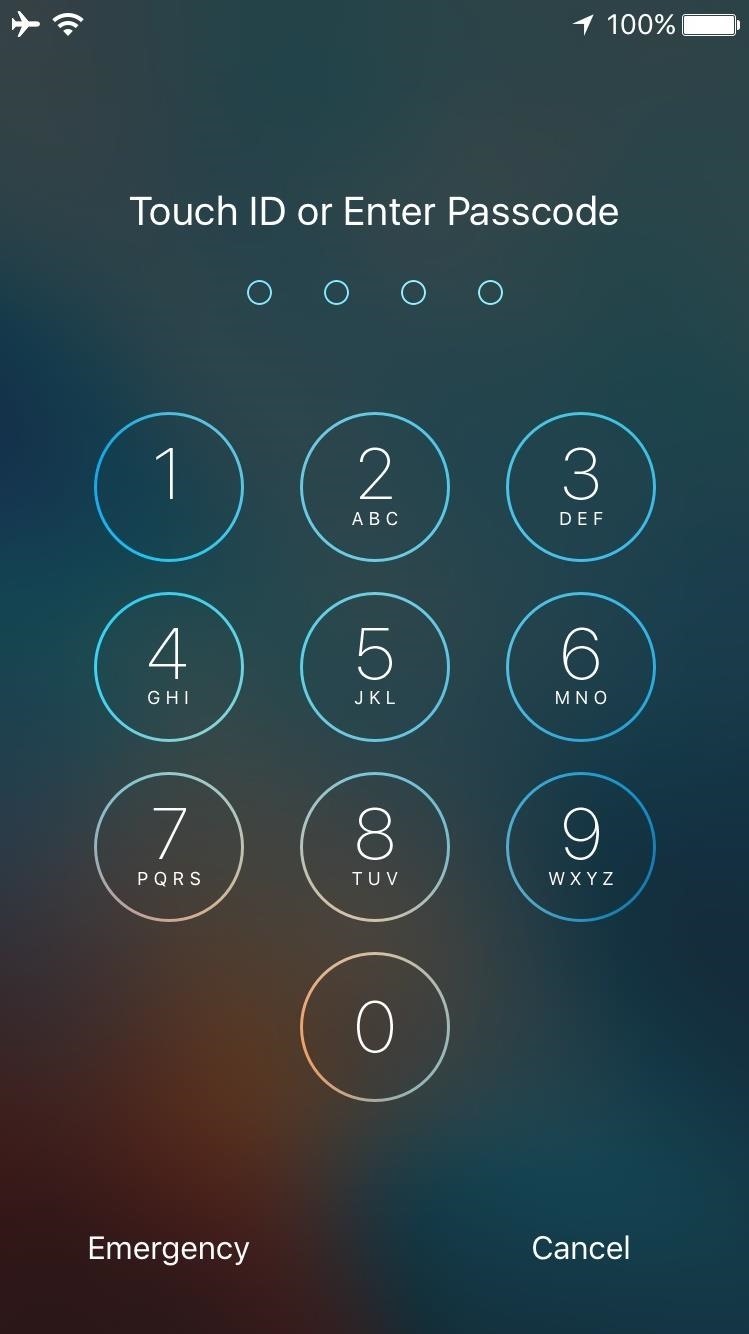

#2 - Easier App Switcher
Phones are designed to be used primarily in portrait mode, which means that the screen is much taller than it is wide. Apple has taken advantage of this vertical aspect ratio by offering an app switcher that scrolls horizontally, so your recently-used apps can be seen nearly full-screen.
On Android, however, the recent apps list scrolls vertically, which means you can only see a small portion of each app. This becomes particularly annoying when you consider that apps in this list persist through a reboot, so it can be quite difficult to find the app you're looking for.


#3 - Quickly Launch Common Apps
The Quick Settings panel on Android and the Control Center on iOS are virtually identical in terms of functionality. Really, the only difference is that iOS allows you to quickly launch apps like the compass, calculator, flashlight, and camera—a very handy feature, and something you can't do on Android without some tinkering.


#4 - Discoverability & Name Recognition
This next one is a bit more abstract, but it has real-world repercussions. Apple is much better than Google at naming and marketing its services, which results in more users being aware of the features on iOS. Think about it—if you want to do a video chat with an iPhone, you know to open FaceTime like the commercial told you to do. If you were holding an Android phone instead, would you know to open Hangouts? Not as likely.
When people don't know about your services, people don't use them. When people don't use your services, they become less valuable. So without the name recognition, services on Android are inherently less useful than their iOS counterparts.


#5 - Firmware Updates
I will never again buy a Samsung phone or any Android device with a manufacturer skin like TouchWiz. When Google patches a security loophole in Android, the manufacturers take months to layer all of their tweaks back on top the newer, safer Android version, then carriers will sit on the update for another few months before finally sending the update out to devices.
With iOS, Apple flips the switch on a new firmware version, then it immediately starts hitting devices across the globe. True, this is how Google handles updates with its own Nexus devices, but the kicker here is that Apple continues to support older iPhone models for as long as five years, whereas Google stops (officially) after just three.


#6 - Reachability
In my other article, I gave Android credit for making the back button more accessible than iOS. But the better button placement doesn't help much when you're trying to tap a link, image, or icon within the app you're using—especially with today's bigger devices.
iOS solved this issue with a rather simple feature called Reachability. Just double-touch your home button, and the entire screen shrinks down to be closer to your thumb. Android, however, has no such feature, so you're stuck doing thumb gymnastics to reach the upper portions of your screen unless you're willing to get hacky.


#7 - 3D Touch
Considering all of the functions our smartphones perform, we're disproportionately limited in the ways we can tangibly interact with our devices. This is why Apple's 3D Touch feature is so important—it gives us several new methods for physically connecting with our apps and games.
True, this is mostly a hardware feature, but it relies on iOS to provide all of its core functionality. Android, on the other hand, limits its users to taps and long-presses, and while a 3D Touch alternative may be in the works already, it's important to note that Apple was the one to push the envelope on this front.


#8 - iMessage
Apple's iMessage seamlessly integrates with your phone number, then turns boring old SMS messages into rich, high-tech communication. You can see when the other party read your message (unless they disabled it on their end), you can send bigger files, add group names, and you can even continue conversations from your Mac. In fact, it's such a nice experience that the term "green bubble" is almost derogatory, as it indicates that the other party doesn't have iMessage on their phone.
With Android, you have two options when it comes to text messages—either communicate with your friends using a technology that was created in the early 1980s, or get them to sign up for a more modern service like WhatsApp, Facebook Messenger, or Hangouts. Good luck with that.


#9 - Ad Blocking
At the heart of their business model, Google is really an advertisement company, so there's no way in hell they're making it easy for users to block ads on their own operating system. Apple, on the other hand, recently introduced a new Content Blockers feature for Safari, which lets you install apps that will block all ads on the internet—or even just mentions of annoying celebs.
True, you can get system-wide ad blocking on Android, but these methods either require root, or setting up a complicated VPN service, so they're not viable for the majority of users. With iOS, on the other hand, I'd feel comfortable telling my grandma how to block ads on her phone.


#10 - Incentivize Developers
Developers are definitely quicker to publish apps on iOS than they are on Android. For instance, Face Swap Live has been around for a few months on iOS, but the Android version that has been "in the works" since day one is still not available. By the time an Android version finally comes out, the Face Swap fad will have run its course—and this is something we've seen countless times with Android.
There are several different reasons for this, and none are likely to change. First, studies show that iOS users spend more money on apps than Android users, so there's financial incentive. Second, Android phones and tablets come with thousands of unique display sizes, resulting in lots of extra work to make sure apps are compatible with every device. Finally, iOS's coding language is more modern and flexible than the one used in Android, since Google has been tied up in a longstanding lawsuit over the use of Java, restricting any growth on this front for years now.


Ultimately, I'm a lot more impressed with iOS than I was when I started researching for this article. There are several things it does that I wish Android could do, and even a few others that I know Android will never be able to do. That said, I still prefer the freedom that Android offers, so I doubt I'll be switching over to iOS any time soon, but now I feel like the gap is a lot closer than I initially thought.
Just updated your iPhone? You'll find new emoji, enhanced security, podcast transcripts, Apple Cash virtual numbers, and other useful features. There are even new additions hidden within Safari. Find out what's new and changed on your iPhone with the iOS 17.4 update.
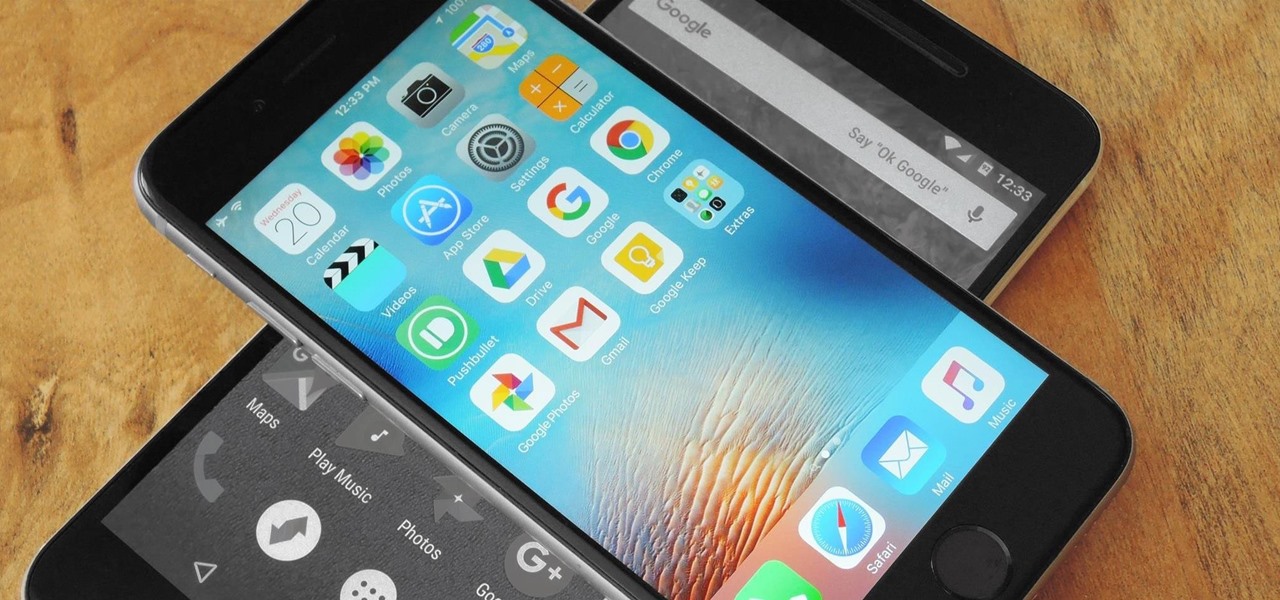





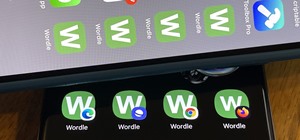
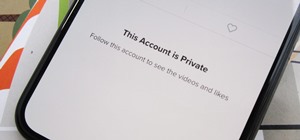


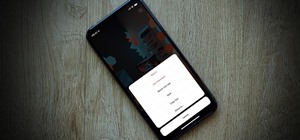
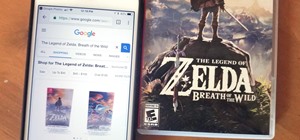
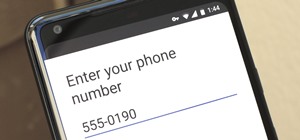



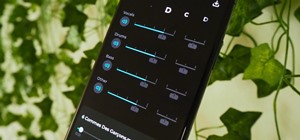
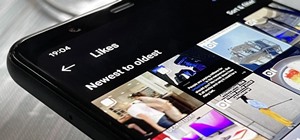
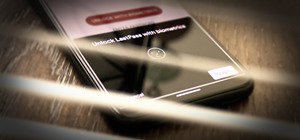
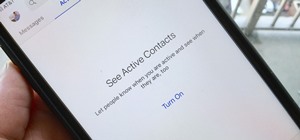
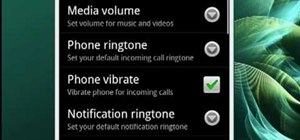

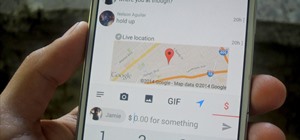
6 Comments
I'm surprised that you didn't mention iTunes and how much of a pain it is to sync things to an iPhone. Android is drag and drop but trying to go through thousands of movies and songs to sync is an extremely involved process on an iPhone. I have. Friend who will never get an android because he loves iphones but he doesn't have a single song on his phone because it's too much of a pain. I'm definitely with you when it comes to android. Apple tries to stay ahead of the game but whenever I test out an iPhone, it feels way behind functionality wise.
Oh man, I can't begin to tell you how much I hate iTunes!!
And the fact that you have to jump through hoops to use an alternative is so ridiculous!
I may be one of the few, but I actually like organizing my collection with iTunes. I'm pretty OCD with my music (I'm always tweaking track metadata), and can see exactly what music I have on my iPhone in iTunes. Dragging and dropping seems sloppy to me. At least for music. Now, movies... that's a different story. I hate how I have to use iTunes to put movie files on my iPhone. I'd love drag and drop for that.
The only bonus I find here in this list, is the ad blocker That is certainly a huge advantage! The rest is pretty mundane and not that grand IMO, and I still like Android much better. But to each their own :) I agree with the commenters too, syncing itunes is irritating as all hell.
The Google Nexus are quick to get updated and receive monthly patches.
The problem with Facetime, is that Apple doesn't make its apps for Android, so it is limited to the iOS plaform only. Whereas Google Hangouts and Microsoft Skype are available on Windows, Android & iOS. Apple is too limiting and strick
On iOS you can't change the default apps as easily as you can on Android.
Apple had goal to make smartphone with multi touch interface accessible for people who never used smartphone or computer before. That's why iPhone has only one button. It has single primary purpose. It's not Android like touch button - it is button with physical feedback - familiar interface for every human. Because this is just a single button you can't confuse it with others. For most users, like my mom for example, primary one click function is all she needs. My mom almost never uses multitasking, Reachability, Accessibility or Siri, for her and many other beginners single button is very simple, no need to memorise a lot.
Pro users can argue that multiple buttons is better. I don't think it is faster, just a matter of taste. I think a lot of people even professionals can appreciate minimalistic look. Pro feature are still there but they are not exposed for everyone.
Share Your Thoughts